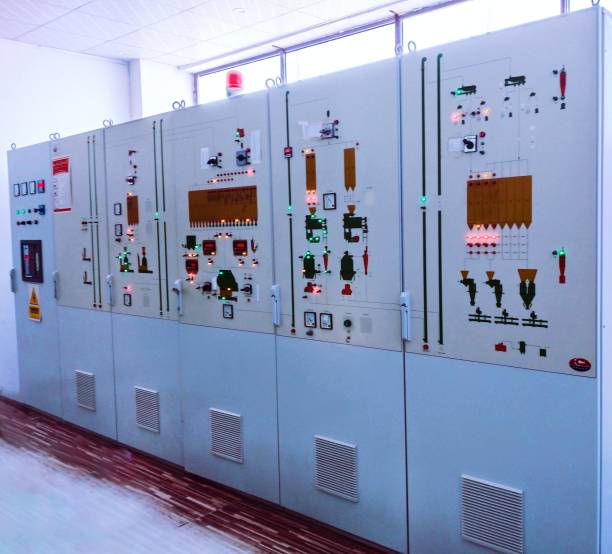In today’s interconnected world, electricity is the lifeblood of our homes, businesses, and industries. From powering our appliances and devices to enabling communication and innovation, electricity has become an indispensable part of our daily lives. And at the heart of this vast electrical network lies the unsung hero – the electric supply industry.
The Building Blocks of Electrical Infrastructure
The electric supply industry encompasses a wide range of companies and organizations that manufacture, distribute, and install electrical components and equipment. These supplies form the backbone of our electrical infrastructure, ensuring the safe and efficient delivery of electricity to every corner of our society.
Key Components of Electrical Supplies
-
Wires and Cables: The arteries of the electrical system, wires and cables carry electricity from one point to another. They come in various sizes and types, each designed for specific applications, from powering homes to transmitting high-voltage power over long distances.
-
Switches and Outlets: These are the control points that allow us to manage electricity. Switches enable us to turn lights and appliances on and off, while outlets provide a connection point for various devices.
-
Conduit and Raceway Systems: These protective enclosures safeguard wires and cables from damage and environmental hazards, ensuring the integrity of the electrical system.
-
Breakers and Fuses: These act as safety guards, protecting electrical circuits from overload or short circuits. Breakers automatically trip when excessive current flows, preventing damage to appliances and wiring. Fuses, on the other hand, contain a fusible link that melts when overloaded, disconnecting the circuit.
-
Fixtures and Lighting Components: These are the visible elements that transform electricity into illumination. Fixtures include lighting fixtures, ceiling fans, and exhaust fans, while lighting components encompass bulbs, ballasts, and control systems.
Navigating the Electrical Supply Landscape
With a plethora of electrical supplies available, selecting the right ones for your specific needs can be challenging. Here are some guidelines to simplify the process:
-
Know Your Purpose: Clearly identify the purpose of the electrical supplies you need. Are you replacing an old outlet, installing a new light fixture, or expanding your home’s electrical system?
-
Understand Specifications: Familiarize yourself with the electrical specifications of the project, such as voltage requirements, current ratings, and compatibility with existing wiring.
-
Seek Professional Assistance: For complex electrical work or projects involving significant power demands, seek guidance from qualified electricians. They can ensure safety, compliance with codes, and optimal performance of your electrical system.
Powering a Smarter, Safer, and More Sustainable Future
The electric supply industry is not just about providing the materials and equipment that power our world; it is also at the forefront of innovation and sustainability. Companies are continuously developing new technologies that enhance the efficiency, safety, and sustainability of electrical systems.
Smart Home Technology: Smart home technology is revolutionizing the way we interact with electricity, allowing for remote control, automation, and energy management.
Renewable Energy Solutions: The electric supply industry is playing a crucial role in the transition to renewable energy sources, providing the infrastructure and equipment needed to harness solar, wind, and other clean energy sources.
Conclusion
The electric supply industry is an essential component of our modern world, playing a vital role in powering our homes, businesses, and industries. As we continue to rely on electricity for our daily needs, it is crucial to recognize the importance of this industry and its commitment to providing safe, reliable, and sustainable electrical solutions.






